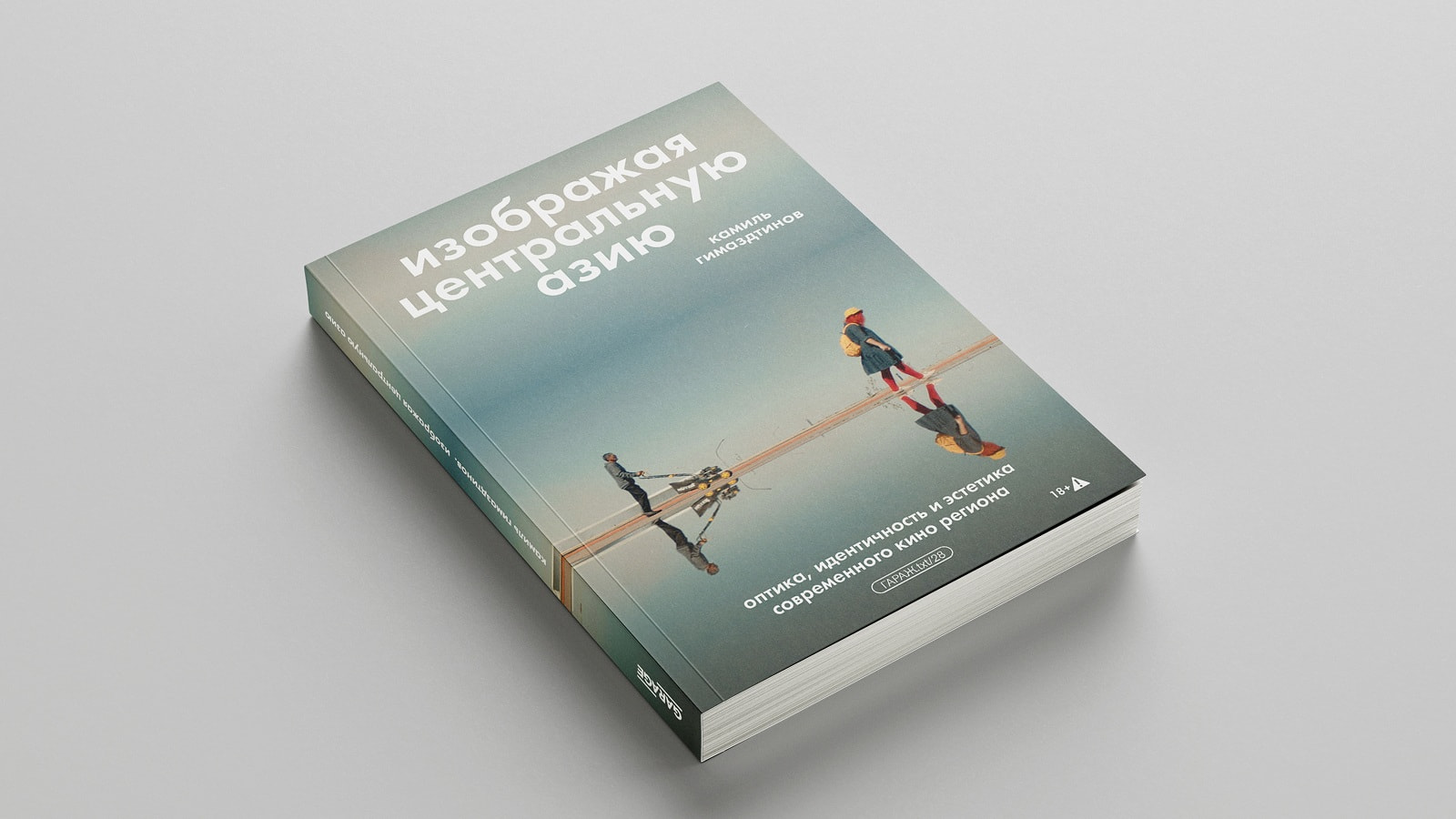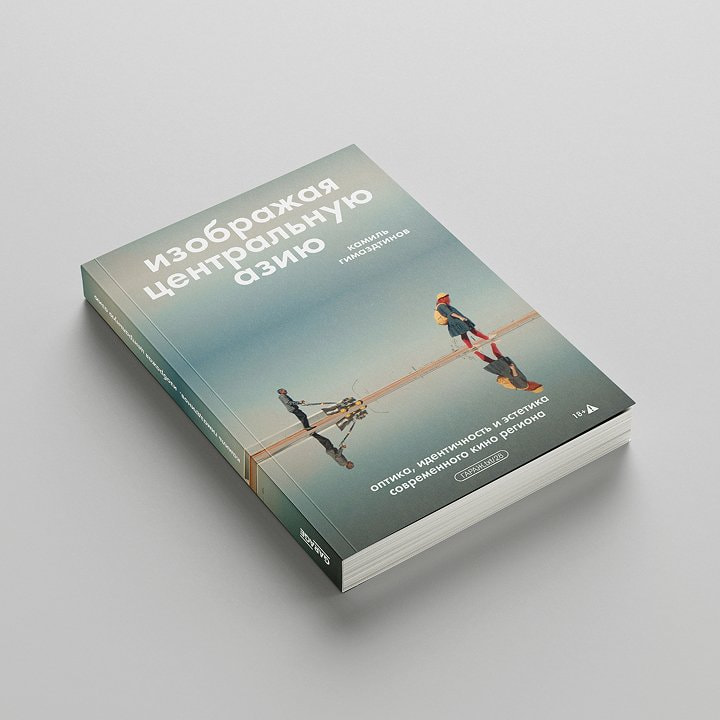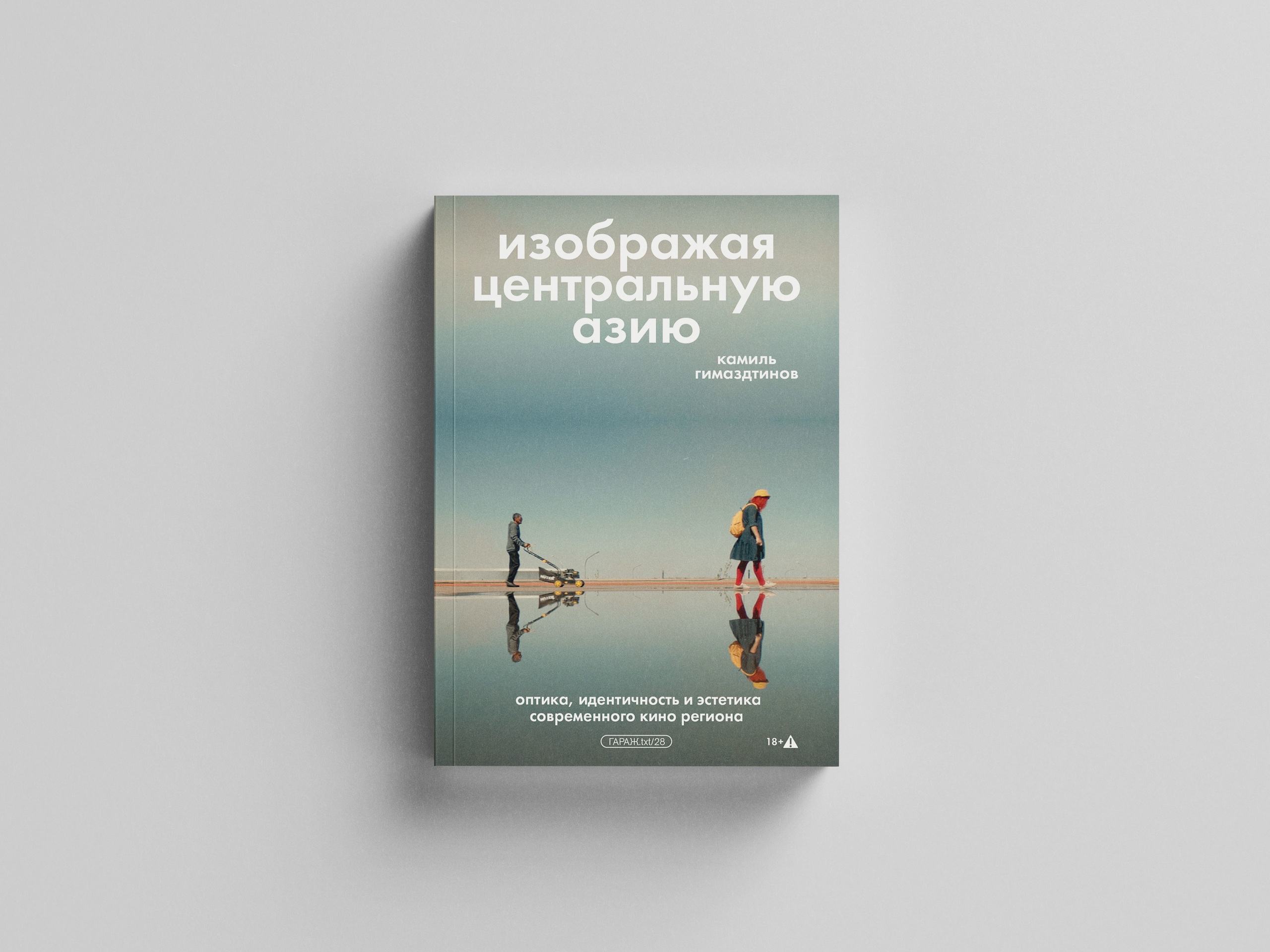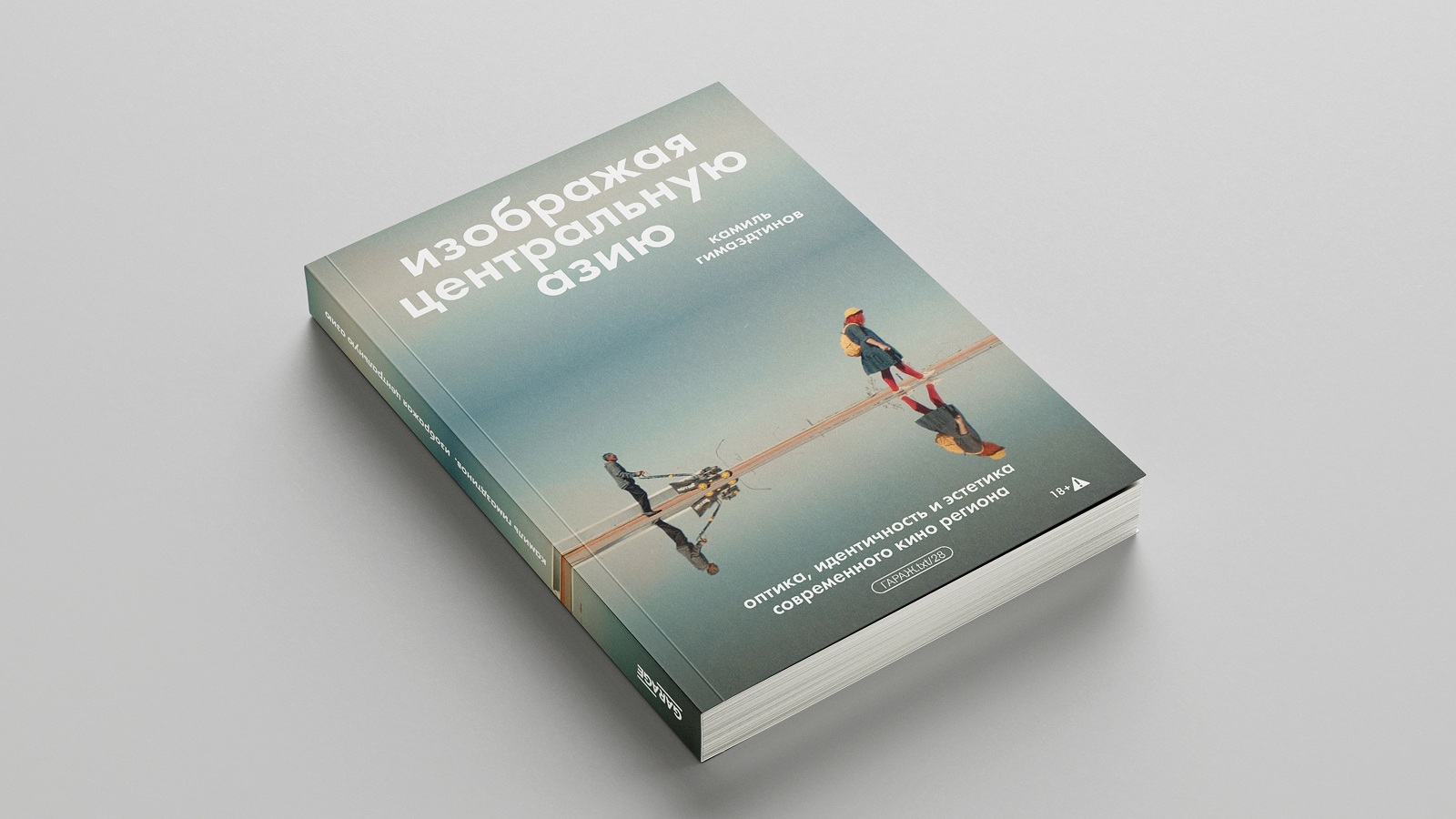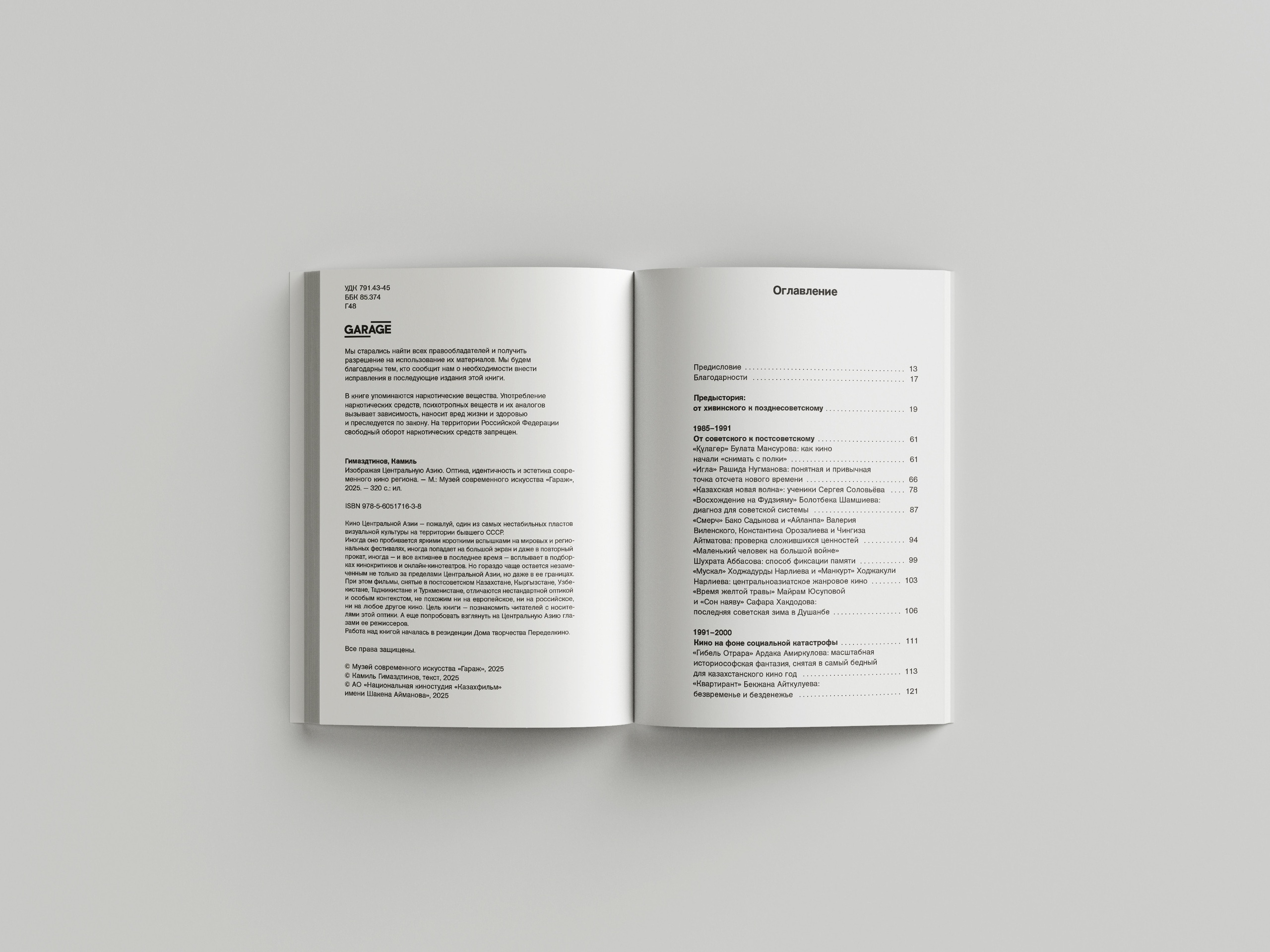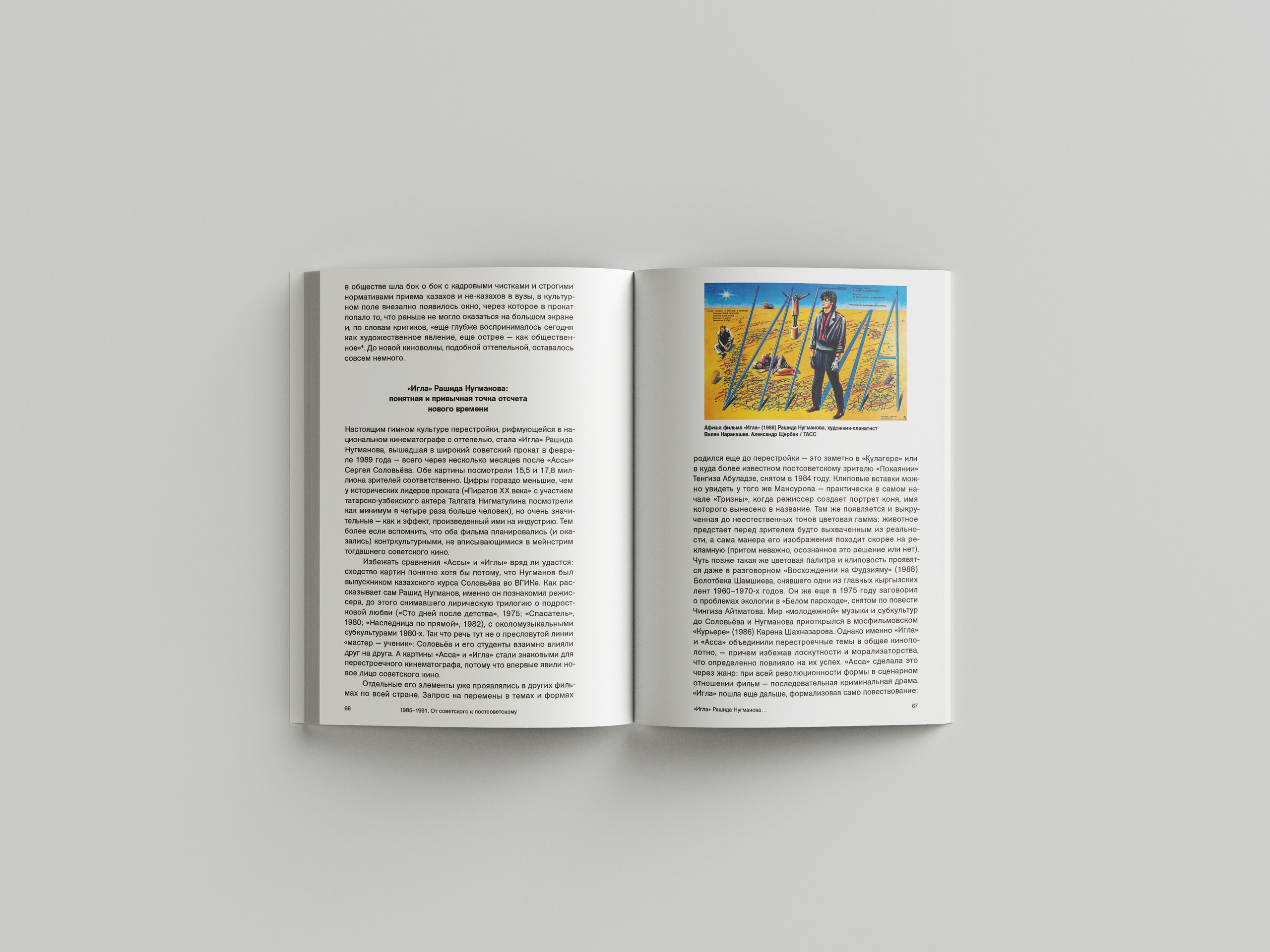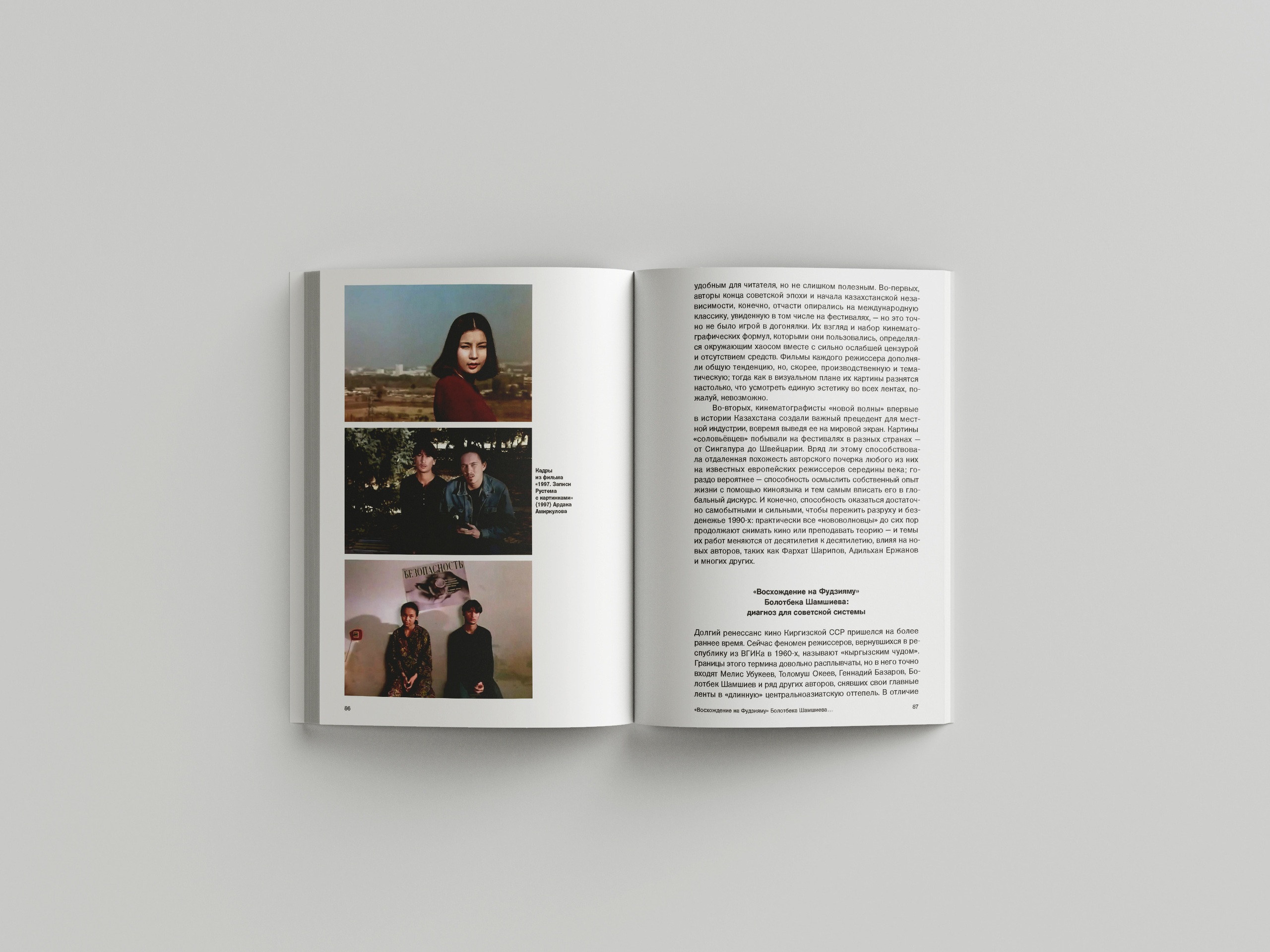In the early Soviet period, Central Asia became both a paradise and a hell for filmmakers.
The revolutionary drive, fueled by a new mode of artistic self-representation, was alternately thwarted by social upheavals and natural disasters and then revived during the Thaw, and, in the case of Uzbek cinema, even during the war. Perestroika and the post-Soviet years arrived abruptly in Central Asia and changed everything, including cinema, though in the first years of independence Uzbekistan, Kazakhstan, Turkmenistan, Kyrgyzstan, and Tajikistan were left with almost no resources. Each of the five republics faced its own challenges. Many directors, cinematographers, and screenwriters of earlier generations either could not or would not adapt to the new realities. Once again, the region’s film industry had to reinvent itself from the ground up.
This book is a coming-of-age story of contemporary Central Asian cinema, which has been reborn and growing since the late 1980s, much as in earlier decades—the 1920s, 1930s, and 1950s—1960s. As before, the films of this era vividly reflect the times in which they are made.
